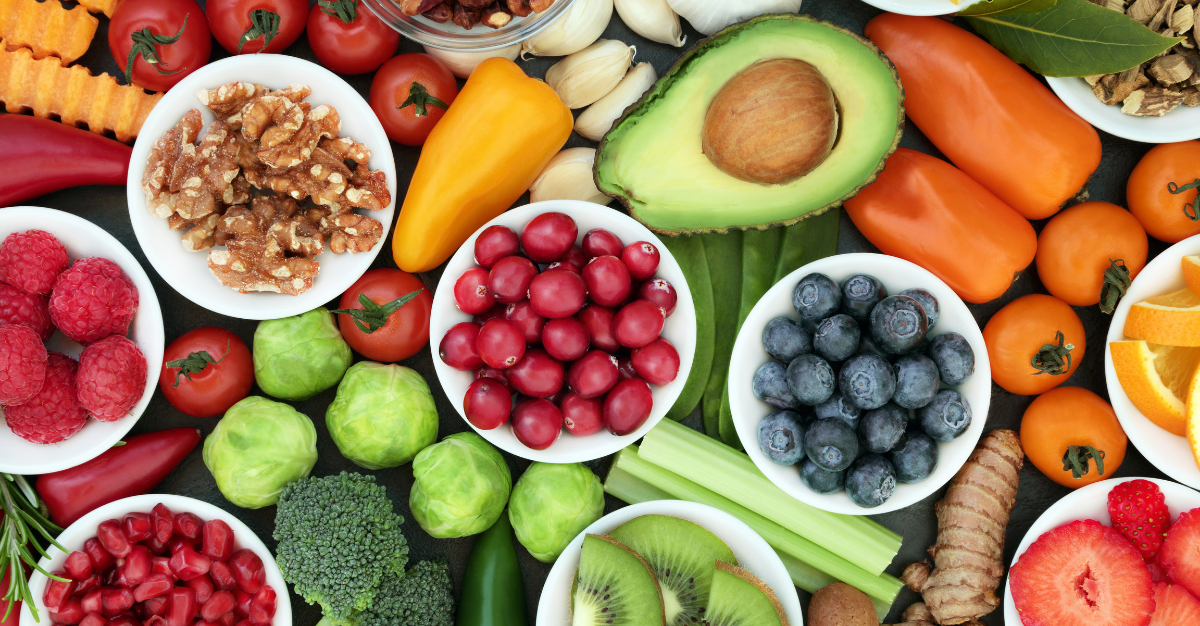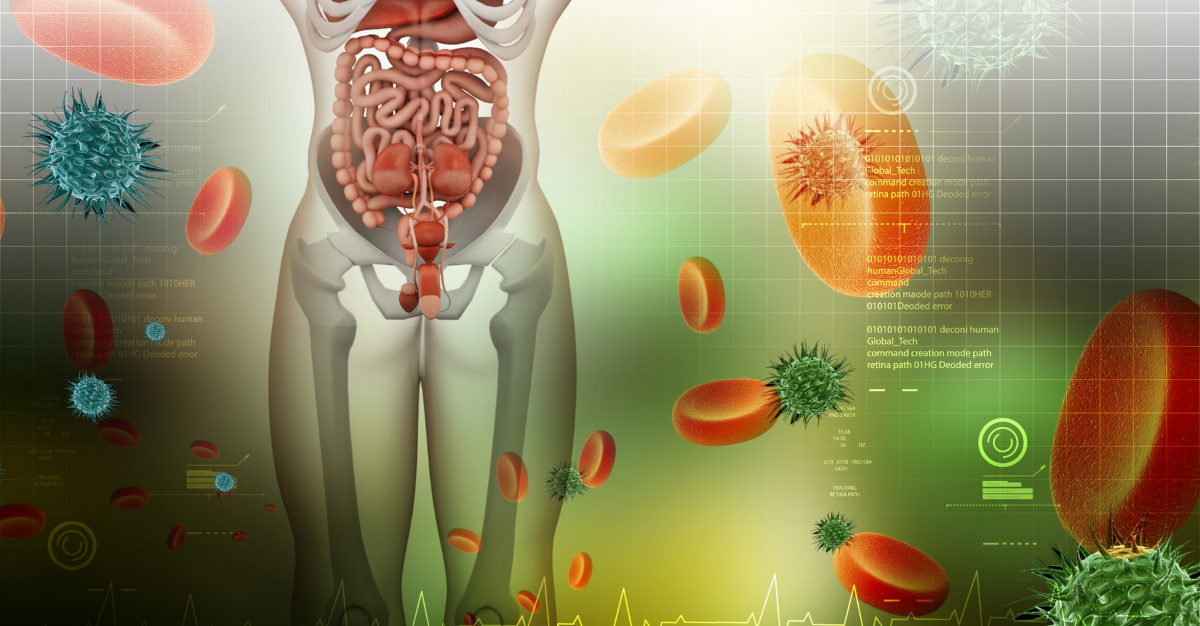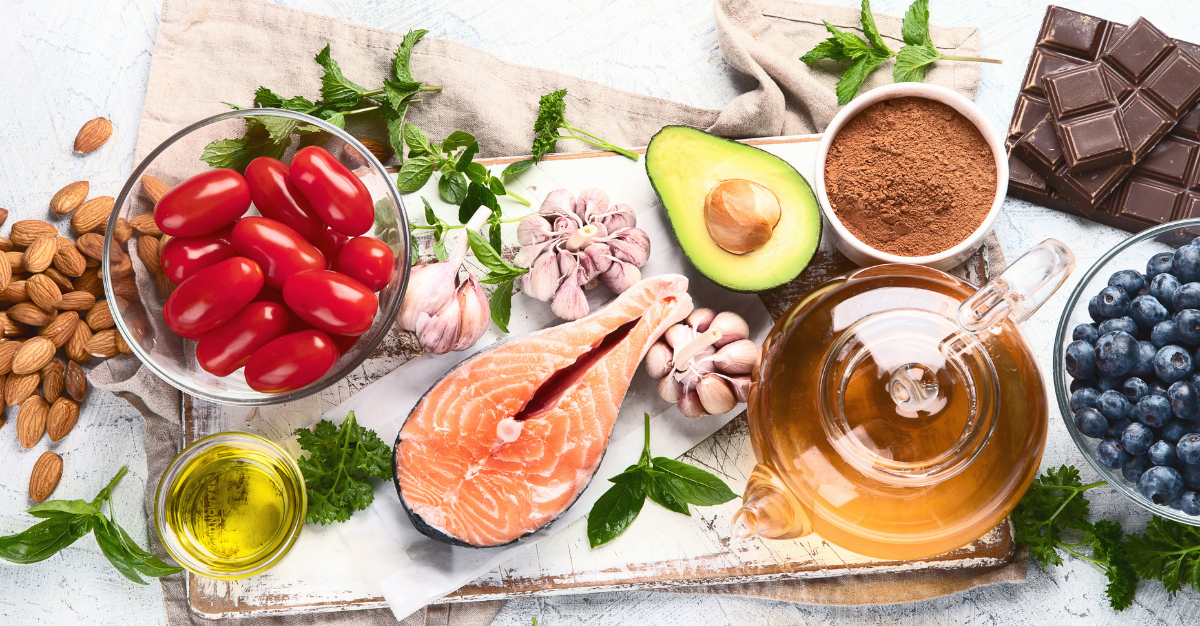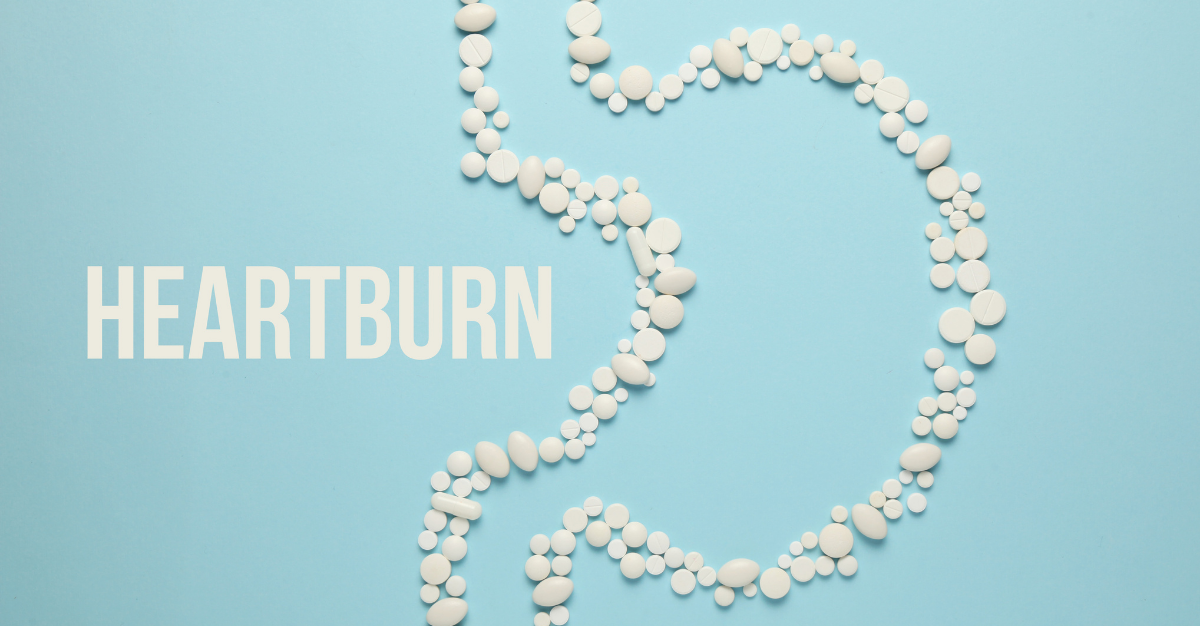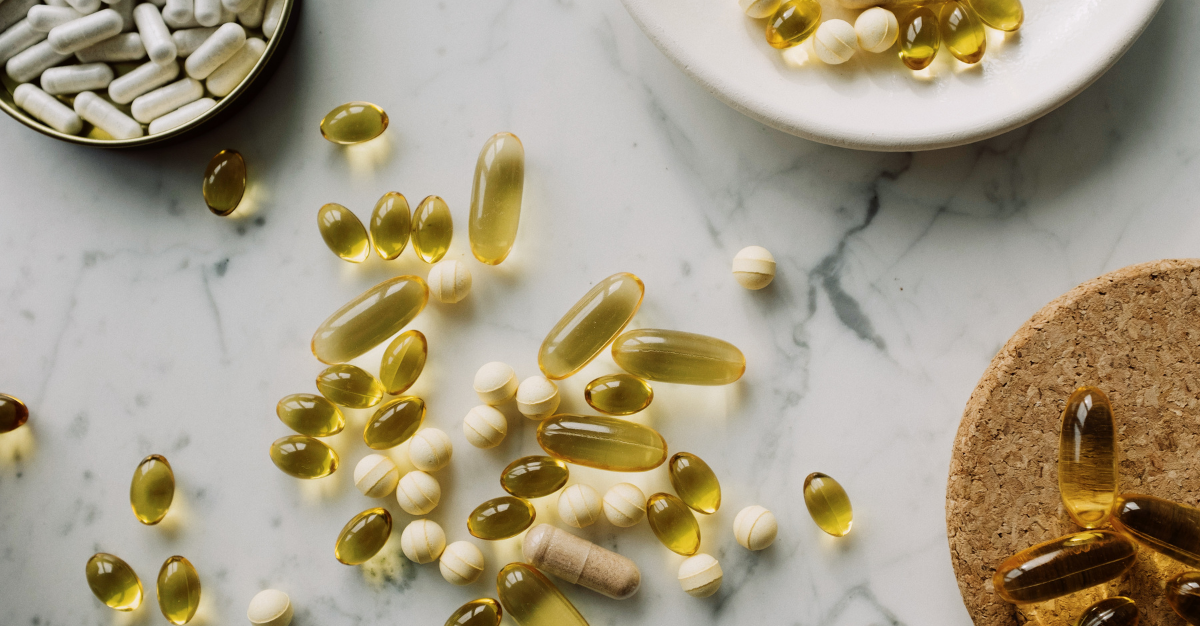
Do you need to take supplements? The answer isn’t always straightforward. In a perfect world, all the nutrients we need are readily available from a well-rounded diet. However, many other factors come into play. Simply put, today’s world isn’t always conducive to a diet that meets all your needs.
Here are some questions to ask to determine if supplementation is the right choice for you.
Where do you get your food?
Conventional farming practices have led to nutrient loss in many foods. Overfarming often reduces nutrients in soil, which in turn lowers the nutritional value of produce in vital areas like vitamins A and C. Similarly, animals raised in feedlots miss out on the varied diets that animals who graze in open spaces benefit from. One study found, for example, that grass-fed beef is higher in vitamins A and E and antioxidants than beef from feedlots. These trends mean that consumers have to consider their foods’ origins in order to get maximum nutritional value. However, because it’s not always possible – or affordable – to buy right from a farm, supplementation may be necessary.
Where do you live?
In much of North America, we don’t get enough sunshine to produce enough vitamin D. That’s why over 40% of people in the US are deficient in this crucial nutrient, with seniors being at particularly high risk. It can be difficult to get enough vitamin D through diet alone, so supplements are often necessary.
Do you eat a well-rounded diet?
Certain diets or dietary restrictions can leave us deficient in nutrients. Vegans, and vegetarians who don’t eat many eggs or dairy products, often require vitamin B12 supplements as it’s only available through animal sources and fortified grains. The consequences of B12 deficiency can be severe, including fatigue and depression, so it’s important to maintain healthy levels.
Similarly, people who aren’t able to consume dairy may not get enough calcium or vitamin D, necessary for strong bones, teeth and immune function. A gluten-free diet can also put people at risk for deficiencies in nutrients like folate, zinc, and magnesium.
Picky eaters? If you are not consuming enough fruits and vegetables you should ensure they are getting enough vitamin C as well. Studies show Vitamin C, a powerful antioxidant, can help support heart health and lower risk of heart disease, lower the risk of gout, and improve the absorption of iron.
Do you take prescription medications or have a genetic/health condition?
Many health issues lead to difficulties absorbing nutrients, or raise the levels that you require to stay healthy. People with ulcerative colitis or Crohn’s Disease have difficulty absorbing nutrients and often require supplements for optimum health. Some cancer patients benefit from supplementation, but it’s important to work with your healthcare team to determine your needs. As well, some autoimmune disorders require supplementation. People with pernicious anemia, for example, don’t produce enough intrinsic factor, a protein that helps absorb vitamin B12, so will need B12 supplements. Studies also show that people with heart disease benefit from omega-3 supplements.
It’s important to note that many of today’s commonly prescribed medications can also lead to vitamins and minerals being leached from the body.
This includes the birth control pill, which has been shown to deplete the body of B vitamins (riboflavin, B6, B12, and folic acid), vitamin C, magnesium, and zinc. Metformin, a common prescription for the treatment of Type 2 diabetes, has been shown to deplete Vitamin B12, folic acid and Coenzyme Q10.
Be sure to speak with a qualified healthcare practitioner when incorporating supplements along with your prescription medications to avoid negative interactions or side effects.
How is your energy and mood?
Feeling chronically tired or fuzzy-headed can be a sign that you’re deficient in at least one important nutrient. For example, Magnesium helps with over 300 processes in the human body, including muscle function and energy production. Proper levels of magnesium are necessary in order to metabolize the nutrients that you take in through food into energy. Research also indicates that there is a strong link between vitamin D deficiency and anxiety as well as depression. If you never feel fully rested or experience anxiety or depression, talk to a healthcare provider to rule out deficiencies and recommend the proper, quality supplementation – we can help!
How old are you?
As we age, our risk for nutritional deficiencies increases. That’s largely because of changes within your body. For example, stomach acid is needed to absorb vitamin B12 and iron, but we tend to produce less stomach acid with age.
Our bodies also become less efficient at absorbing Vitamin D and calcium, two nutrients essential for bone health. Plus, we tend to eat a bit less, since metabolism often slows with age (many people are also less active with age). In some seniors, the ability to recognize hunger cues starts to decline.
The need for supplements isn’t always connected to growing older, though. All women of childbearing age need to monitor their iron levels, since menstruation can lead to anemia. For women during pregnancy, folic acid and vitamin D among other nutrients, are recommended to help with a growing baby.
The Importance Of Smart Supplementation
Dietary supplements aren’t regulated the same way prescription medications are. Although supplementation has many benefits for many people, choosing to take a supplement requires some due diligence. It’s important to work with a healthcare provider to determine the right supplements and correct levels, and to rule out any contraindications. Even the best supplements can have negative impacts. St. John’s Wort, for example, is a popular supplement to treat depression, but it can interfere with your body’s ability to absorb some medications, including oral contraceptives.
It’s also important to make sure you take the best dose for you. When it comes to supplements, more is not always better. Fat-soluble vitamins like A and D can be toxic when taken in large amounts.
There’s also a wide range of quality when it comes to supplements. Because they’re not regulated as medications, the amounts of an ingredient can even vary within the same product. It’s important to purchase high-quality professional grade supplements from a trusted source.
Meeting your nutritional needs through a high-quality, well-rounded diet is the best approach, but for many of us, that’s simply not always possible. Supplements have been used to manage health conditions for many years. We can always look to nature to see if there is a healthy alternative to prescription medications to rebalance your system, replenishing your body and help to restore it back to a healthy state. Carefully chosen supplements can help us bridge any gaps on our road to wellness. If you’d like to talk about what supplements are best for you, give us a call.
Sources:
Davis DR, Epp MD, Riordan HD. Changes in USDA food composition data for 43 garden crops, 1950 to 1999. J Am Coll Nutr. 2004 Dec;23(6):669-82. doi: 10.1080/07315724.2004.10719409. PMID: 15637215.
Forrest KY, Stuhldreher WL. Prevalence and correlates of vitamin D deficiency in US adults. Nutr Res. 2011 Jan;31(1):48-54. doi: 10.1016/j.nutres.2010.12.001. PMID: 21310306.
Vici G, Belli L, Biondi M, Polzonetti V. Gluten free diet and nutrient deficiencies: A review. Clin Nutr. 2016 Dec;35(6):1236-1241. doi: 10.1016/j.clnu.2016.05.002. Epub 2016 May 7. PMID: 27211234.
Jain AP, Aggarwal KK, Zhang PY. Omega-3 fatty acids and cardiovascular disease. Eur Rev Med Pharmacol Sci. 2015;19(3):441-5. PMID: 25720716.
Morris HA, Need AG, Horowitz M, O’Loughlin PD, Nordin BE. Calcium absorption in normal and osteoporotic postmenopausal women. Calcif Tissue Int. 1991 Oct;49(4):240-3. doi: 10.1007/BF02556211. PMID: 1760766.
Murphy PA, Kern SE, Stanczyk FZ, Westhoff CL. Interaction of St. John’s Wort with oral contraceptives: effects on the pharmacokinetics of norethindrone and ethinyl estradiol, ovarian activity and breakthrough bleeding. Contraception. 2005 Jun;71(6):402-8. doi: 10.1016/j.contraception.2004.11.004. PMID: 15914127.

